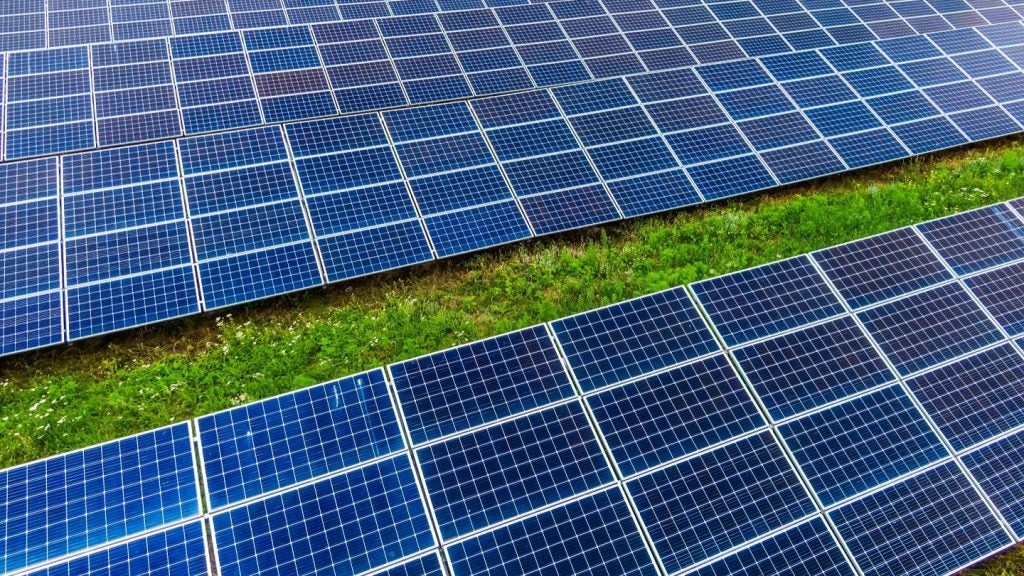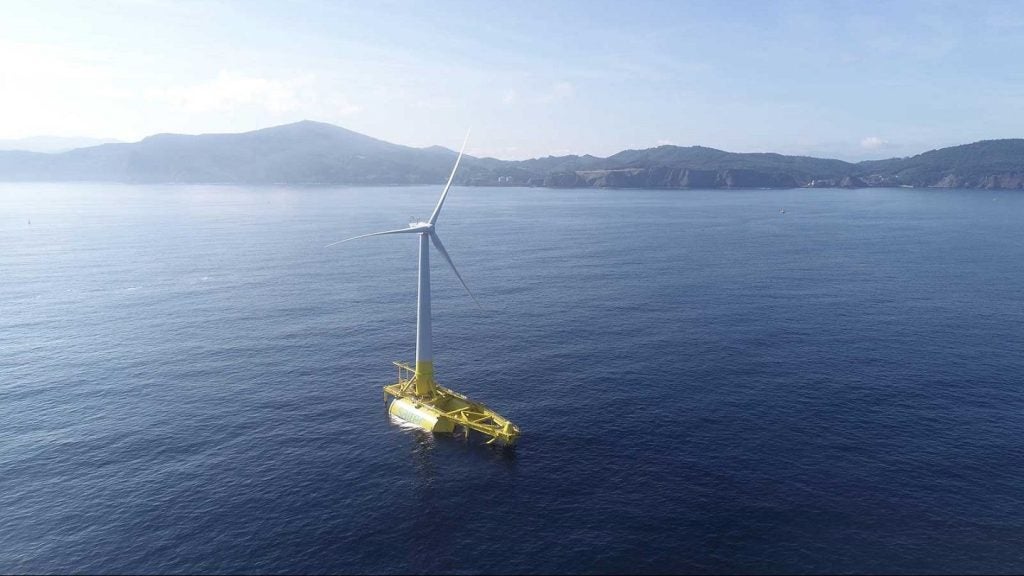Calls to replace Australia’s coal-fired power stations with nuclear reactors would cost A$387bn ($249bn) and is unrealistic, according to the country’s Climate Change and Energy Minister Chris Bowen.
The transition has previously been advocated for by the country’s opposition party, the Liberal Party of Australia, but was called a “unicorn fantasy” by Bowen on ABC National Radio on Monday.
Discussing analysis from the Climate Change Department, he said that to replace the 21GW of coal-fired power currently in the country’s electricity mix, 71 small nuclear reactors would have to be built. “I can’t think of a worse fit for Australia than nuclear power,” Bowen said.
Small modular reactors produce around 300MW of power each, so they need to be scaled up significantly to replace existing coal capacity. Supporters of small modular reactors include software billionaire Bill Gates, but a lack of commercial implementation to date has led key developers to warn about the high costs of a transition to nuclear technology.
Bowen suggested that the costs of such a transition would be shouldered by Australian citizens “one way or another”, either through raised taxes or increased energy bills.
Per capita, Australia continues to rank first out of G20 nations for emissions produced from the production and consumption of coal power. According to a report published earlier this month by the climate think tank Ember, the country, along with South Korea, produces more than triple the world’s average coal power emissions.
Currently, 47%, or 130.9 terawatt-hours (TWh), of Australia’s electricity mix still comes from coal. However, the country’s coal power emissions fell by approximately 5% as coal generation dropped by 8TWh, largely due to increased renewables output. In April this year, the amount of renewable capacity in Australia’s energy mix hit a record high of 66% for the first quarter, up 4.4% from the previous high.












